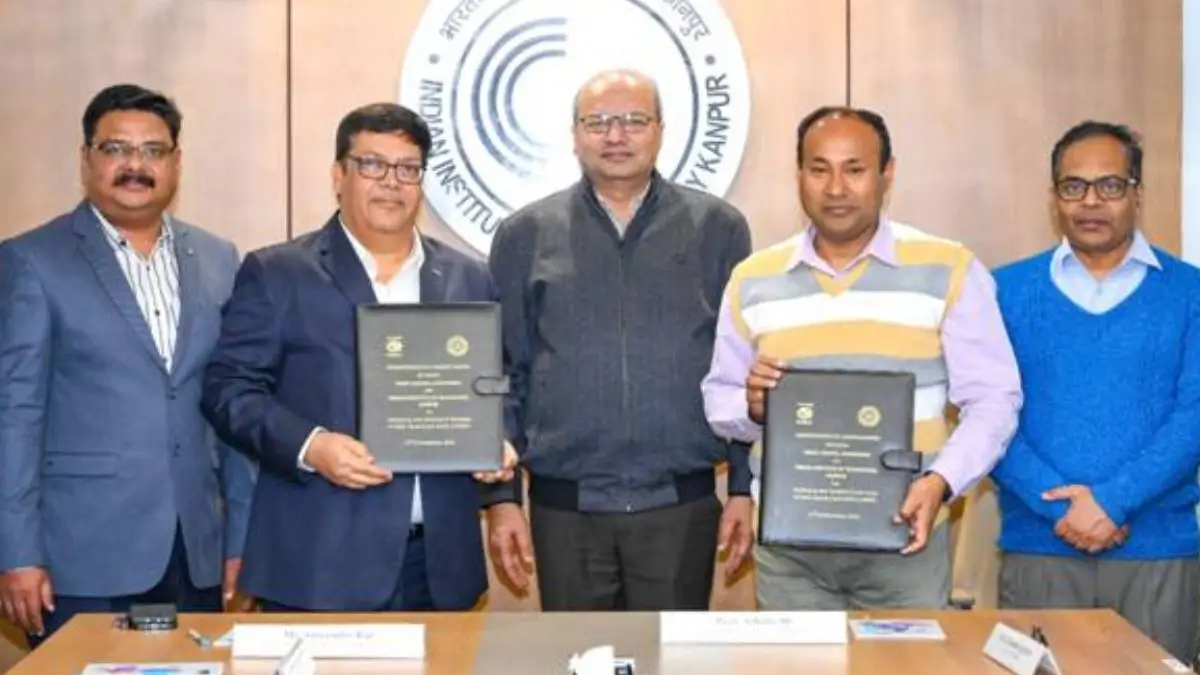Difference Between Metallic and Non-Metallic Minerals
Minerals are naturally occurring substances that form the foundation of various industries, from construction to technology. They are categorized based on their chemical properties and uses. Among these categories, metallic and non-metallic minerals are the two major types that serve different purposes in various sectors.
What Are Metallic Minerals?
Metallic minerals are those that contain metals in their raw form. These minerals are typically extracted through mining and refined to produce usable metals. Some of the most common metallic minerals include iron ore, copper, gold, silver, and aluminum. These minerals are characterized by their ability to conduct electricity and heat, which makes them essential in electrical wiring, machinery, and other applications that require metals.
Uses of Metallic Minerals:
- Used in the construction and manufacturing industries.
- Essential for producing machinery, vehicles, and electrical components.
- Serve as a base for producing alloys and other metal-based products.
What Are Non-Metallic Minerals?
Non-metallic minerals, in contrast, do not contain metals and are typically not used in the same industries as metallic minerals. Instead, they are commonly used in industries such as construction, agriculture, and chemical production. Examples of non-metallic minerals include limestone, marble, gypsum, and mica.
Uses of Non-Metallic Minerals:
- Used in construction for making cement and tiles.
- Serve as raw materials in the production of fertilizers and chemicals.
- Employed in the manufacture of glass, paints, and cosmetics.
Key Differences Between Metallic and Non-Metallic Minerals
The main difference between metallic and non-metallic minerals lies in their physical properties and uses. Metallic minerals are usually hard, shiny, and malleable, while non-metallic minerals are often brittle and lack luster. Another key difference is that metallic minerals are used to extract metals, whereas non-metallic minerals are used in a wide range of industries for their intrinsic properties like durability and heat resistance.
Why This News is Important
Importance in the Context of Government Exams
Understanding the difference between metallic and non-metallic minerals is crucial for students preparing for government exams. Topics like minerals, their classification, and uses often appear in the General Knowledge (GK) and Science sections of exams such as UPSC, SSC, and other competitive exams.
Relevance to Various Competitive Exams
This topic is also significant for students preparing for exams in sectors like banking, police services, railways, and civil services (PSCS to IAS). Many of these exams feature questions on basic science and geography, which includes topics like mineral resources, natural resources, and their applications. Knowing the difference between metallic and non-metallic minerals can help candidates answer questions accurately and improve their scores.
Historical Context: Background Information on Metallic and Non-Metallic Minerals
The distinction between metallic and non-metallic minerals has been a fundamental aspect of mining and resource management for centuries. As early as the Stone Age, humans began using minerals for tool-making, but it wasn’t until the Industrial Revolution that the extraction and use of these minerals became more sophisticated.
During the Industrial Revolution, metallic minerals like iron ore and coal became central to industrial development. They were vital for building infrastructure, manufacturing goods, and advancing technology. Non-metallic minerals also saw increased use, particularly in construction and agriculture. For example, limestone has been used for building materials since ancient civilizations like the Egyptians.
Over the years, advancements in mining technology have allowed for more efficient extraction of both types of minerals, supporting the growth of economies worldwide. The importance of these resources continues to shape industries today, making them a key focus of scientific and environmental studies.
Key Takeaways from Difference Between Metallic and Non-Metallic Minerals
| Serial Number | Key Takeaway |
|---|---|
| 1 | Metallic minerals contain metals and are used in industries like construction, machinery, and electrical components. |
| 2 | Non-metallic minerals do not contain metals and are primarily used in construction, agriculture, and chemical industries. |
| 3 | Examples of metallic minerals include iron ore, copper, and gold, while non-metallic minerals include limestone, gypsum, and mica. |
| 4 | The key physical difference is that metallic minerals are malleable, shiny, and conductive, whereas non-metallic minerals are brittle and non-conductive. |
| 5 | This knowledge is relevant for exams related to geography, science, and general knowledge for government jobs such as banking, police services, and civil services. |
Important FAQs for Students from this News
Q1: What is the difference between metallic and non-metallic minerals?
A: The primary difference lies in their composition and uses. Metallic minerals contain metals and are used in industries like construction, machinery, and electrical components, while non-metallic minerals are used in construction, agriculture, and chemical industries.
Q2: Can non-metallic minerals be used for industrial purposes?
A: Yes, non-metallic minerals are widely used in industries such as cement production, agriculture (for fertilizers), and the manufacturing of glass, cosmetics, and paints.
Q3: What are some examples of metallic minerals?
A: Some common metallic minerals include iron ore, copper, gold, silver, and aluminum, all of which are essential for various industrial applications.
Q4: Why is the understanding of minerals important for government exams?
A: Knowledge about minerals and their uses is essential for subjects like General Knowledge, Geography, and Science, which are key components in exams for positions like teachers, police officers, bank officials, and civil servants.
Q5: How does the classification of minerals impact industries?
A: The classification of minerals helps industries to determine which mineral resources are best suited for specific purposes, such as construction or manufacturing, thus optimizing resource usage and industrial production.
Some Important Current Affairs Links

















